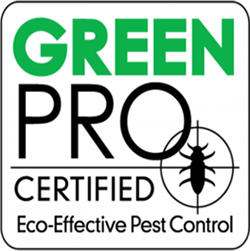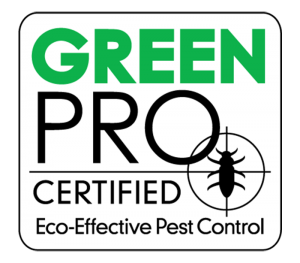How to Get Rid of Pantry Moths
Pantry moths are a problem for many households. This common pest is a stomach-turner as they chew through food and lay their eggs all over the kitchen. They’re also notoriously difficult to get rid of! As they produce a large number of eggs and stick to hiding in dark, often-ignored places, this is a pest that can keep coming back if you’re not careful.
If you see one pantry month, you may not think it’s a reason to worry. However, with this bug, like many others, one can already be a sign of an infestation. If you’re repeatedly killing moths in the kitchen, with you definitely have a problem.
Here are some steps you can take to get rid of pantry moths.
Step 1: Identify where they’re coming from
Did a moth suddenly fly out of a cabinet you opened? Or out of a particular container? It’s likely that’s where the nest is. If you’ve never encountered moths before, you should look up images of what their nests look like. Their larvae spin silk, resembling a spider web, casting things like feces, wings, and other insect parts to be tangled up. They’ll usually infest bags of grain, rice, beans, seeds, nuts, cereals, dry pet food, teas, and almost anything else that’s dry and sealed.
Step 2: Clean out the affected area
If you’re not sure where the affected area is, it’s time to start throwing out any containers of food that aren’t closed and air-tight. This is an unfortunate waste, but better to throw it out than to find a nasty surprise when reaching for a snack! Remove everything from the pantry and give the shelves a good scrub with disinfectant or bleach with just be careful to let everything dry before putting food back in.
Step 3: Clean the whole kitchen and inspect everything
Yes, unfortunately, this is an arduous task but you should take care to go over everything in detail. Either toss all of your packaged food, or inspect everything for any signs of moths, larvae, or silk. Moths can lay eggs anywhere including on the edges of your spices, in bags of flour, cake mixes, and even in your pet’s food. They can chew through materials, so even closed bags of things like candy and chips may be compromised.
To be safe, toss whatever you can, and wipe down any food-related items with a 50/50 solution of vinegar and water to kill any eggs or larvae. Give the shelves a good cleaning, and get into the corners! Afterward, you should take the trash directly outside. Mop the floors and use vinegar or bleach.
Step 4: Preventing pantry moths
Many swear by home remedies that are supposed to get rid of pantry moths. You can try rubbing peppermint oil on the shelves or using a store-bought moth trap. However, this may not be a permanent solution if your infestation is already bad. It takes up to 10 months for a moth to reach its adult stage — that is, flying around noticeably. So you may think you got rid of the moths and not see any for months, and then more will pop right up. A good idea, if you can, is to switch to storing your food in air-tight containers.
If you continually see moths in your kitchen and haven’t been able to get rid of them yourself, it may be time to call in a professional that can deal with this problem once and for all. At Spence’s Pest Control, our staff is experienced and knows how to identify and permanently exterminate a pantry moth infestation. You can contact us today for an initial inspection.













